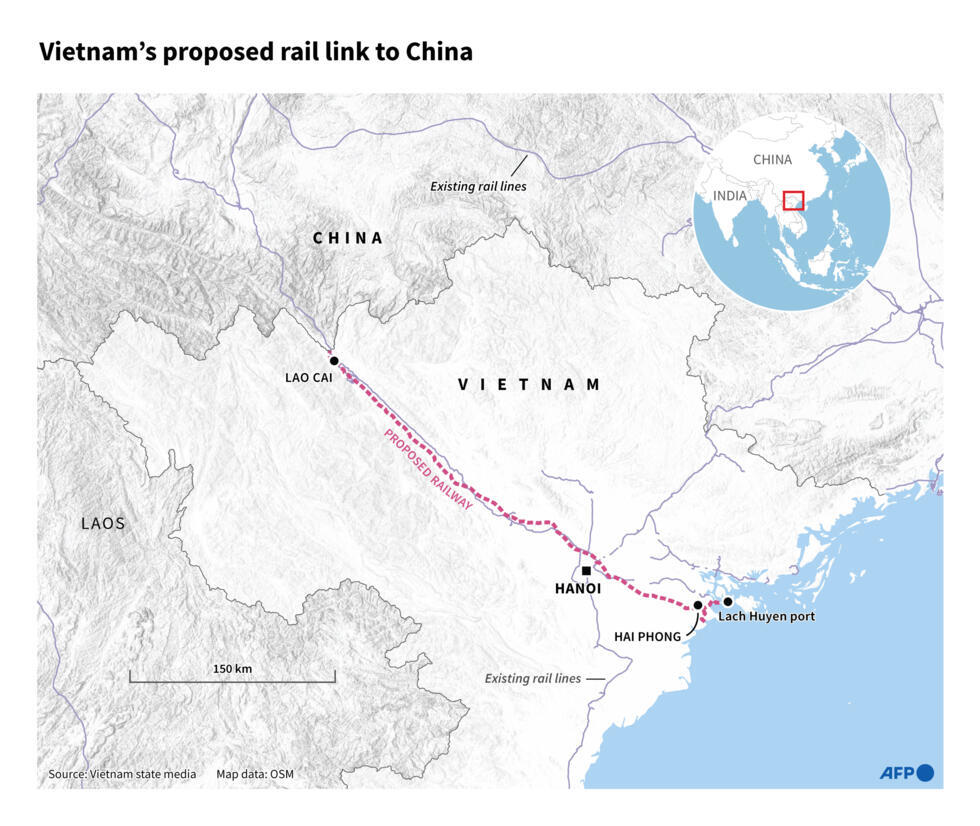World News
22168 readers
5 users here now
Breaking news from around the world.
News that is American but has an international facet may also be posted here.
Guidelines for submissions:
- Where possible, post the original source of information.
- If there is a paywall, you can use alternative sources or provide an archive.today, 12ft.io, etc. link in the body.
- Do not editorialize titles. Preserve the original title when possible; edits for clarity are fine.
- Do not post ragebait or shock stories. These will be removed.
- Do not post tabloid or blogspam stories. These will be removed.
- Social media should be a source of last resort.
These guidelines will be enforced on a know-it-when-I-see-it basis.
For US News, see the US News community.
This community's icon was made by Aaron Schneider, under the CC-BY-NC-SA 4.0 license.
founded 3 years ago
MODERATORS
1
2
3
10
Conservative Polish newspaper ordered by court to apologise for Tusk "Hitler" cover
(notesfrompoland.com)
4
31
All eyes on far-right AfD in German election rocked by violence and US interference
(www.theguardian.com)
5
6
7
8
9
10
11
12
13
78
Argentina opposition calls for impeachment of Javier Milei after cryptocurrency collapse
(www.theguardian.com)
14
15
16
17
232
Tesla is suing drivers who complain about their cars after accidents – and winning
(www.independent.co.uk)
18
19
20
18
Trump's America seeks to weaken Europe, Polish presidential hopeful Biejat says
(www.polskieradio.pl)
21
26
Leftist presidential candidate Zandberg says Poland needs at least eight nuclear reactors
(www.polskieradio.pl)
22
23
24
8
Polish taxpayers cover $195,000 for presidential candidate Karol Nawrocki’s official travels
(www.polskieradio.pl)
25
view more: next ›
